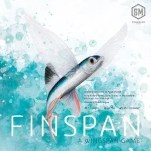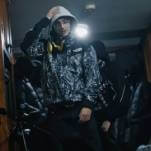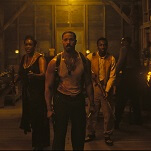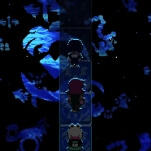The Legend Of Zelda: Phantom Hourglass
It isn't a stretch to suggest that Link's primary choice of transportation reveals much about the soul of each entry in the Legend Of Zelda series. When Link is on horseback, his travails tend toward the epic. In The Legend Of Zelda: The Wind Waker, the boy's journey by sail took on the romantic tenor of a coming-of-age story. And now, with Link at the tiller of a steam-powered tug in The Legend Of Zelda: Phantom Hourglass, his adventure morphs into a detail-oriented treasure hunt. The game's unique interface encourages this angle: The Nintendo DS' second screen makes treasure maps and sea charts ubiquitous. The touch-screen encourages constant scribbling of hints in the margins. The stylus amplifies the movement: Players drag Link in the direction they want him to move, and tap enemies that need slicing.
The pared-down combat leaves room for sprawling dungeons, more intricate puzzles, and yet another compelling sidekick. Phantom Hourglass pairs Link with the craven yet charismatic opportunist Linebeck, the scoundrel child of Han Solo and The African Queen's Charlie Allnut. While Link seeks to rescue the pirate lass Tetra from the curse of the Ghost Ship, Linebeck is only in it for the loot. He doesn't exactly exude mystery or change gameplay like The Legend Of Zelda: Twilight Princess' Midna did. But Linebeck's show-me-the-treasure ethos does make a great foil against our hero's singular and mostly silent selflessness.








































